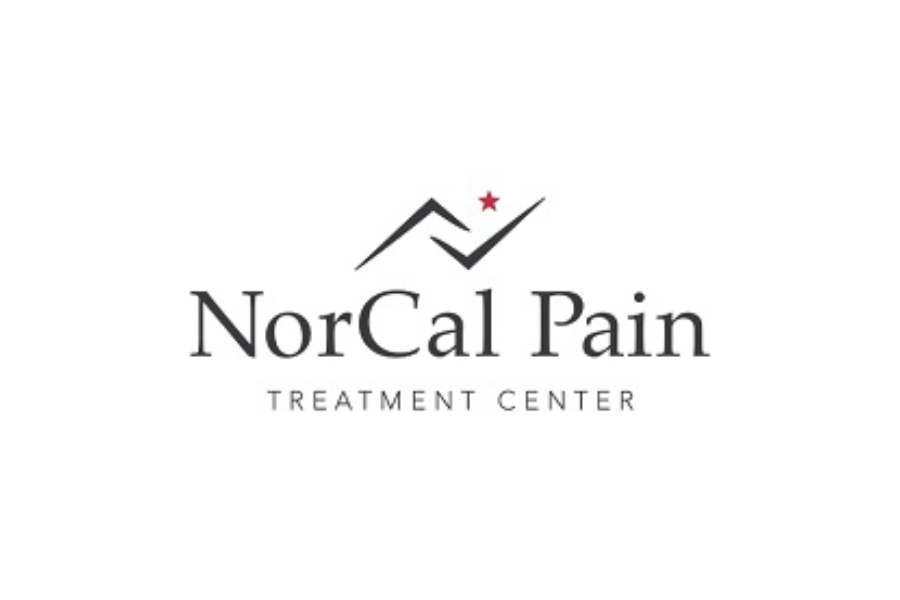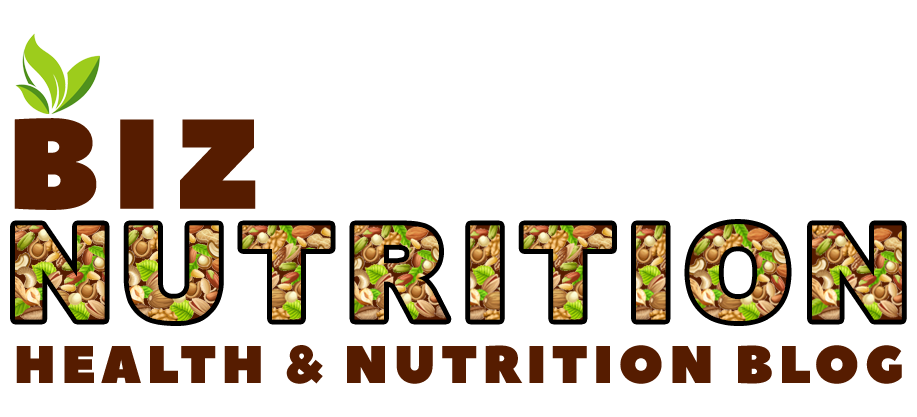
Pain is a pervasive and unwelcome companion in many people’s lives, affecting physical health, mood, and overall well-being. While medication and therapy have their place in pain management, the role of diet and nutrition should not be underestimated. Properly nourishing your body can play a significant role in reducing inflammation, improving mobility, and alleviating chronic pain.
The Link Between Diet and Pain:
Inflammation Reduction:
Chronic inflammation is a common underlying cause of pain in conditions like arthritis, fibromyalgia, and chronic back pain. Certain foods can either promote or reduce inflammation in the body. A diet rich in fruits, vegetables, whole grains, and healthy fats, such as those found in fatty fish, nuts, and seeds, can help mitigate inflammation.
Weight Management:
Carrying excess weight can put added stress on joints and muscles, leading to pain. A balanced diet that supports weight loss, when necessary, can alleviate this strain and reduce pain.
Gut Health:
Emerging research suggests a strong connection between gut health and overall well-being, including pain management. A diet that supports a healthy gut microbiome, such as one high in fiber and fermented foods, may contribute to reduced pain.
Key Dietary Components for Pain Management:
Omega-3 Fatty Acids:
These healthy fats, found in salmon, mackerel, flaxseeds, and walnuts, have powerful anti-inflammatory properties. Regular consumption may help reduce inflammation and alleviate pain.
Antioxidants:
Foods rich in antioxidants, such as berries, cherries, and leafy greens, combat oxidative stress in the body, which can contribute to pain and inflammation.
Turmeric and Ginger:
These spices contain natural compounds with anti-inflammatory and pain-relieving properties. Incorporating them into your diet, either through cooking or supplements, may help manage pain.
Fiber:
A diet high in fiber from whole grains, fruits, and vegetables can support gut health, which in turn may reduce pain and inflammation.
Hydration:
Staying properly hydrated is crucial for overall health and can help alleviate headaches and muscle cramps. Water is your body’s natural lubricant.
Vitamin D:
Adequate vitamin D intake, either through sunlight exposure or supplements, is essential for bone health and may help reduce pain in conditions like osteoarthritis.
Foods to Avoid:
Just as certain foods can help manage pain, others can exacerbate it. Some individuals may find relief by limiting or avoiding the following:
Processed Foods:
Highly processed foods often contain additives and preservatives that can trigger inflammation. Additionally, they are often high in unhealthy fats, sugar, and sodium.
Sugar:
Excess sugar consumption has been linked to inflammation and chronic pain. Reducing your intake of sugary beverages and snacks can be beneficial.
Trans Fats:
Found in many fried and packaged foods, trans fats can increase inflammation and contribute to chronic pain.
Red Meat:
Some studies suggest that a diet high in red meat may increase the risk of inflammation and certain types of pain. Opt for leaner protein sources like poultry, fish, and plant-based options.

Alcohol:
Excessive alcohol consumption can lead to inflammation and may worsen chronic pain conditions. Moderation is key if you choose to drink.
Individualized Approach:
It’s important to recognize that not all bodies are the same, and what works for one person may not work for another. Consulting with a healthcare professional like NorCal Pain Treatment Center can help you create a personalized nutrition plan tailored to your specific needs and health conditions.
In conclusion, diet and nutrition are powerful tools in the arsenal of pain management. By choosing foods that reduce inflammation, support gut health, and promote overall well-being, you can take a proactive role in reducing pain and improving your quality of life. Remember that a balanced diet is just one component of a comprehensive pain management strategy, and it works best when combined with other therapies and lifestyle adjustments.

